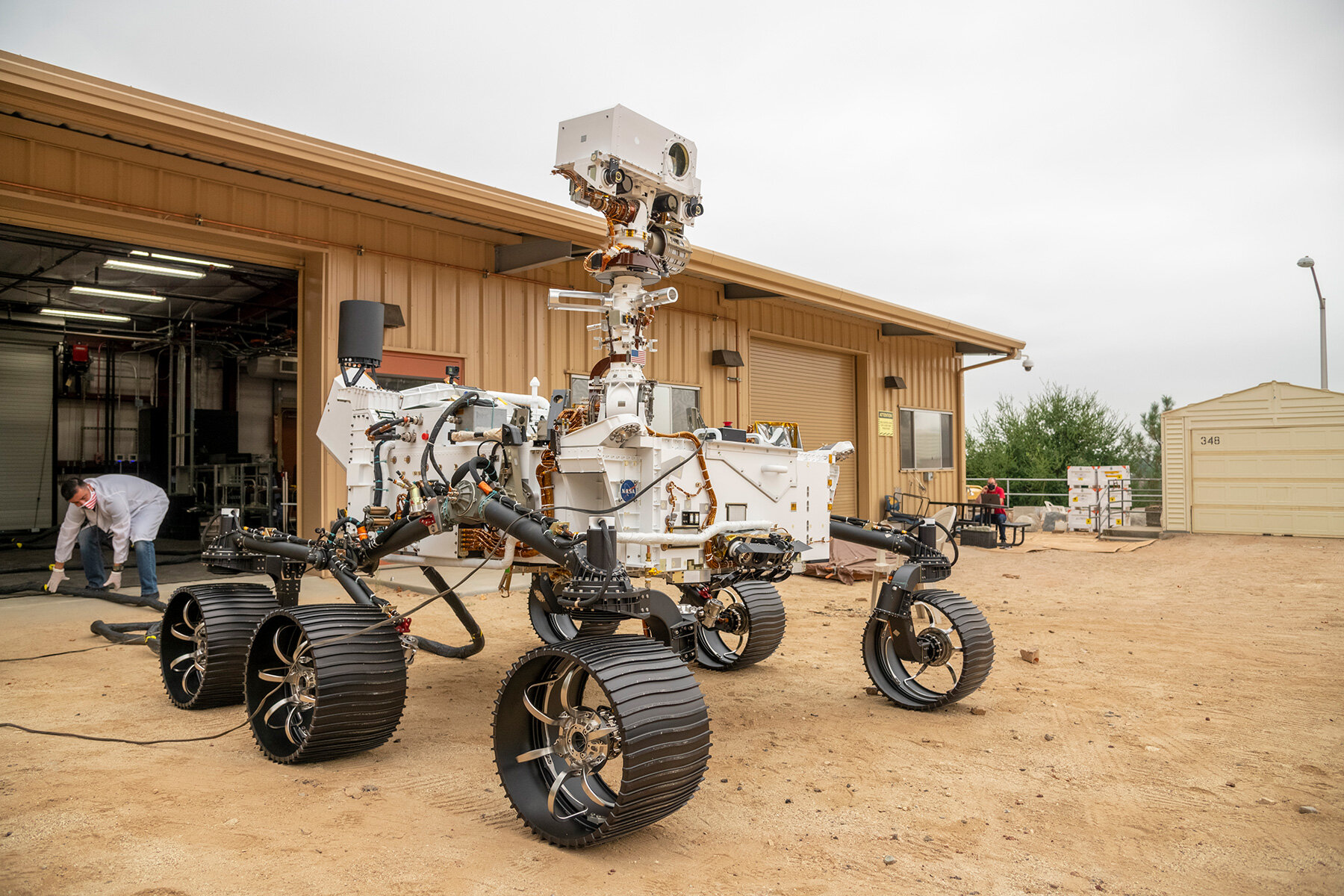
Thankfully, after unfurling and dropping to the planet's surface, Ingenuity's solar array was able to successfully collect solar power and keep the craft warm and "alive" through the frigid Martian nights. However, Aung added, "the moment that drop happens is the moment that Ingenuity has to start operating on its own in a standalone fashion."īut the tiny Martian helicopter doesn't just have the ambitious task of flying on another world, "this little four-pounder has to survive the cold frigid nights of Mars," Aung said, adding that to "keep itself warm, it has to garner energy from the sun through its solar panels to charge its battery. to drop Ingenuity to the surface," Aung said. "It's a very intricate system that's going to take about 10 days to go through. To make this drop, Ingenuity had to go through what is known as the Mars helicopter delivery system. The helicopter needed to be dropped from the rover's belly where it spent its time during the interplanetary journey. Now, while Ingenuity flew to Mars aboard Perseverance, there was a process to get the helicopter actually onto the planet's surface. NASA's Mars Helicopter Ingenuity is seen on the surface of the Red Planet by the perseverance rover on April 5, 2021. There was an issue with the first full-speed blade test, which pushed back the date of the first planned flight for the craft.
#Perseverance mars landing full#
Then, the craft went on to spin the blades at full speed: 2,500 rpm. At first, the helicopter "wiggled" its blades, spinning them at just 50 revolutions per minute. To prepare for flight, the craft went through a number of tests, including warming up its rotor blades. There are other challenges in flying a helicopter on Mars which include wind and dust storms and making sure the craft has enough power from its solar array. (Mars has an atmospheric volume of less than 1% that of the Earth's.)

Rather, the mission team simply wanted to prove whether or not powered flight is possible on the Red Planet, which is such a challenge because of how thin Mars' atmosphere is. With very little additional technology on board the actual helicopter, Ingenuity isn't designed to do science on its mission to Mars. "Its primary goal is just to see if we can fly on Mars - prove that the technology works." The tiny craft is "just a technology demonstration," Ravich said. Now, the Mars helicopter Ingenuity, or "marscopter," isn't a fully-fledged transportation device and it's vastly different from helicopters we have here on Earth.


 0 kommentar(er)
0 kommentar(er)
